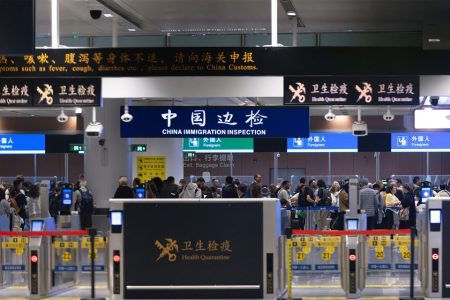China’s industrial price pressures showed early signs of easing in August, with the producer price index (PPI) falling 2.9 percent year-on-year – a smaller decline than July’s 3.6 percent, according to data from the National Bureau of Statistics (NBS) cited by multiple media outlets.
The moderation followed Beijing’s push to curb excessive competition in key sectors and could signal the start of a stabilisation phase for factory-gate prices.
“Effects of ‘anti-involution’ that started in June-July are starting to be felt,” said Xu Tianchen, senior economist at the Economist Intelligence Unit. “But a continued upcycle is still some way off for China,” he predicted.
Consumer price trends, meanwhile, remained broadly stable. The overall consumer price index (CPI) fell 0.4 percent year-on-year, dragged down by food prices, particularly pork, fresh vegetables, and eggs, which all posted steeper declines than in July.
[See more: Beijing is becoming increasingly worried about involution or ‘neijuan.’ What exactly is the concern?]
By contrast, the core CPI, excluding food and energy, rose 0.9 percent to achieve a 2.5-year high, marking the fourth consecutive month of gains and strengthening underlying demand.
NBS statistician Dong Lijuan said that a high comparison base from the same period last year and last month’s subdued food prices were behind the CPI figures, while interest subsidies for consumption loans and new service-sector voucher programs were supporting non-food inflation.
NBS spokesperson Fu Linghui noted that challenges currently impacting price levels in the mainland included a complex external environment, fluctuations in international commodity prices, and strong competition in certain domestic industries.






